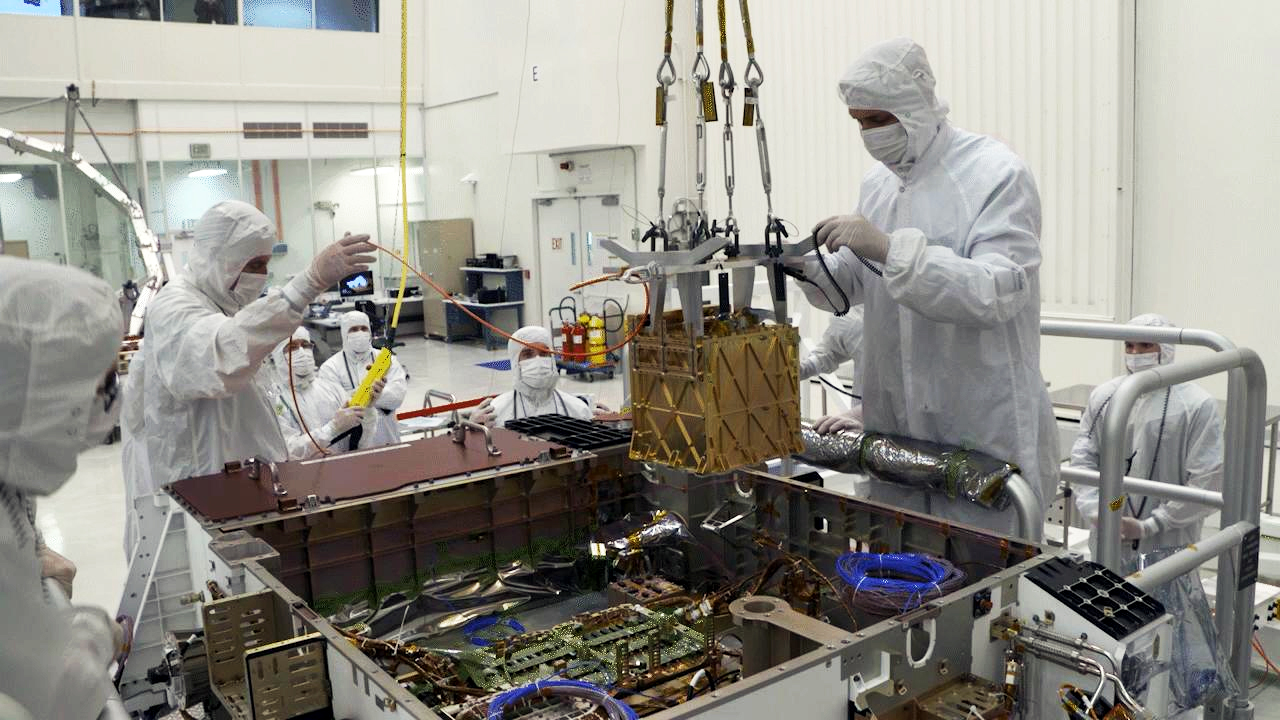This is T-Minus, where we count down the biggest developments in space, from new rocket launches to discoveries that advance our understanding of the universe and our place in it. Humanity is reaching new heights in space exploration. Make sure you’re part of the journey.
Subscribe here to get T-Minus delivered straight to your inbox.
3… Vikram sleeps
In August, India became just the fourth nation in history to soft land a spacecraft on the moon — and the first ever to land on the south pole. Now, the primary part of that mission has come to an end, with the Indian Space Research Organization (ISRO) confirming on September 4 that its Vikram lander had entered sleep mode.
The mission has already met all of its primary objectives — soft land on the moon, deploy and demonstrate a rover, and conduct experiments on the lunar surface (which included maybe detecting a moonquake) — but ISRO hopes to reawaken the lander and its companion, the Pragyan rover, when the current lunar night ends on September 22, so that they can continue exploring the moon.
“The lander and the rover have been prepped for when the day breaks again. So they are parked in the right spot and with [the] right solar orientation … We are hopeful, but you can never tell,” former ISRO chief Kiran Kumar told BBC News.
2… XRISM launches
After multiple delays due to poor weather conditions, Japan’s space agency JAXA finally launched the X-ray Imaging and Spectroscopy Mission (XRISM) on September 7.
A collaboration between JAXA, NASA, and ESA, XRISM (pronounced “crism”) is expected to give astronomers an unprecedented look at some of the universe’s most energetic objects, including black holes, galaxy clusters, and stellar explosions.
“But of course, we’re most excited about all the unexpected phenomena XRISM will discover as it observes our cosmos,” said Richard Kelley, NASA’s XRISM principal investigator.
1… Moxie wraps
On September 6, NASA announced that it was shutting down its oxygen generator on Mars — the Mars Oxygen In-Situ Resource Utilization Experiment (MOXIE), which hitched a ride to Mars aboard the Perseverance rover in 2021.
While on the Red Planet, MOXIE used a combination of heat and electricity to extract oxygen from the CO2 in Mars’ thin atmosphere. Though it only generated enough O2 to sustain a small dog for 10 hours, the machine exceeded NASA’s efficiency goals and proved it’s possible to create oxygen for future astronauts using resources (specifically, carbon dioxide) already available on Mars.
“By proving this technology in real-world conditions, we’ve come one step closer to a future in which astronauts ‘live off the land’ on the Red Planet,” said Trudy Kortes, director of technology demonstrations, Space Technology Mission Directorate (STMD), for NASA.

We’d love to hear from you! If you have a comment about this article or if you have a tip for a future Freethink story, please email us at [email protected].




